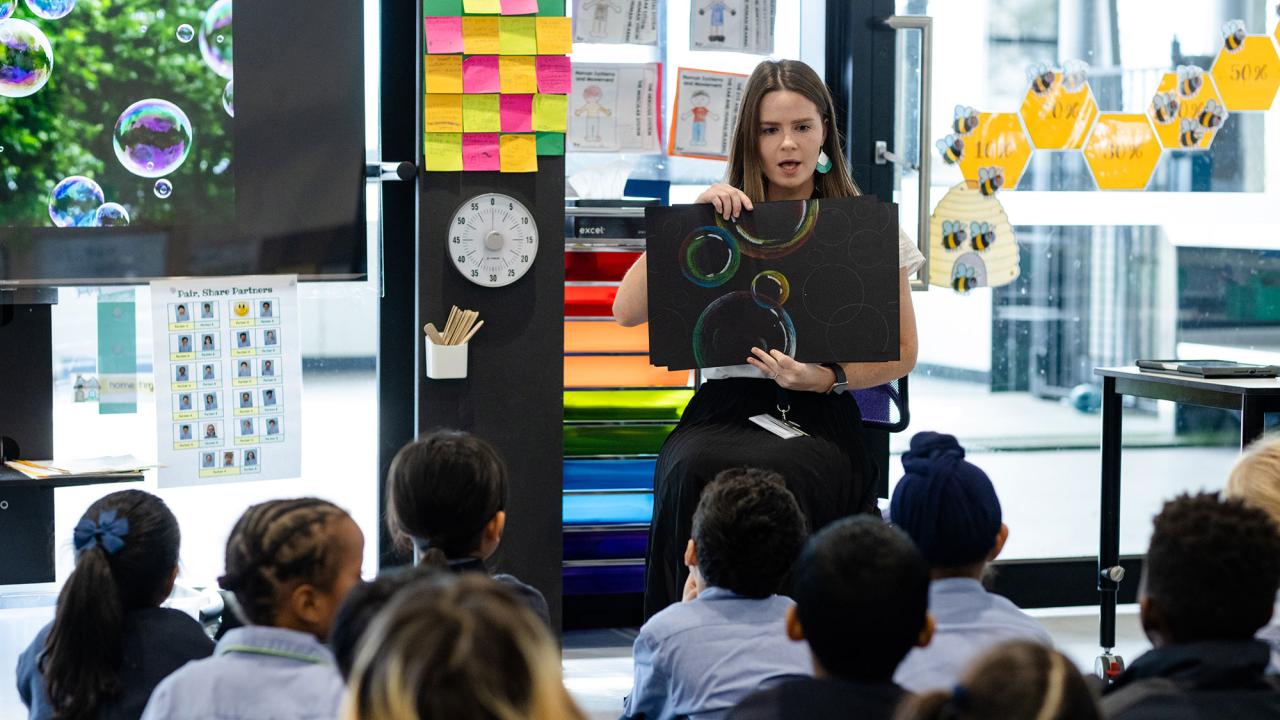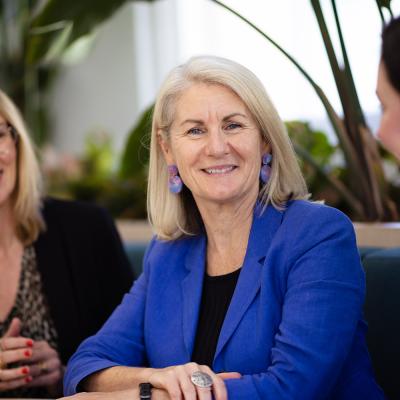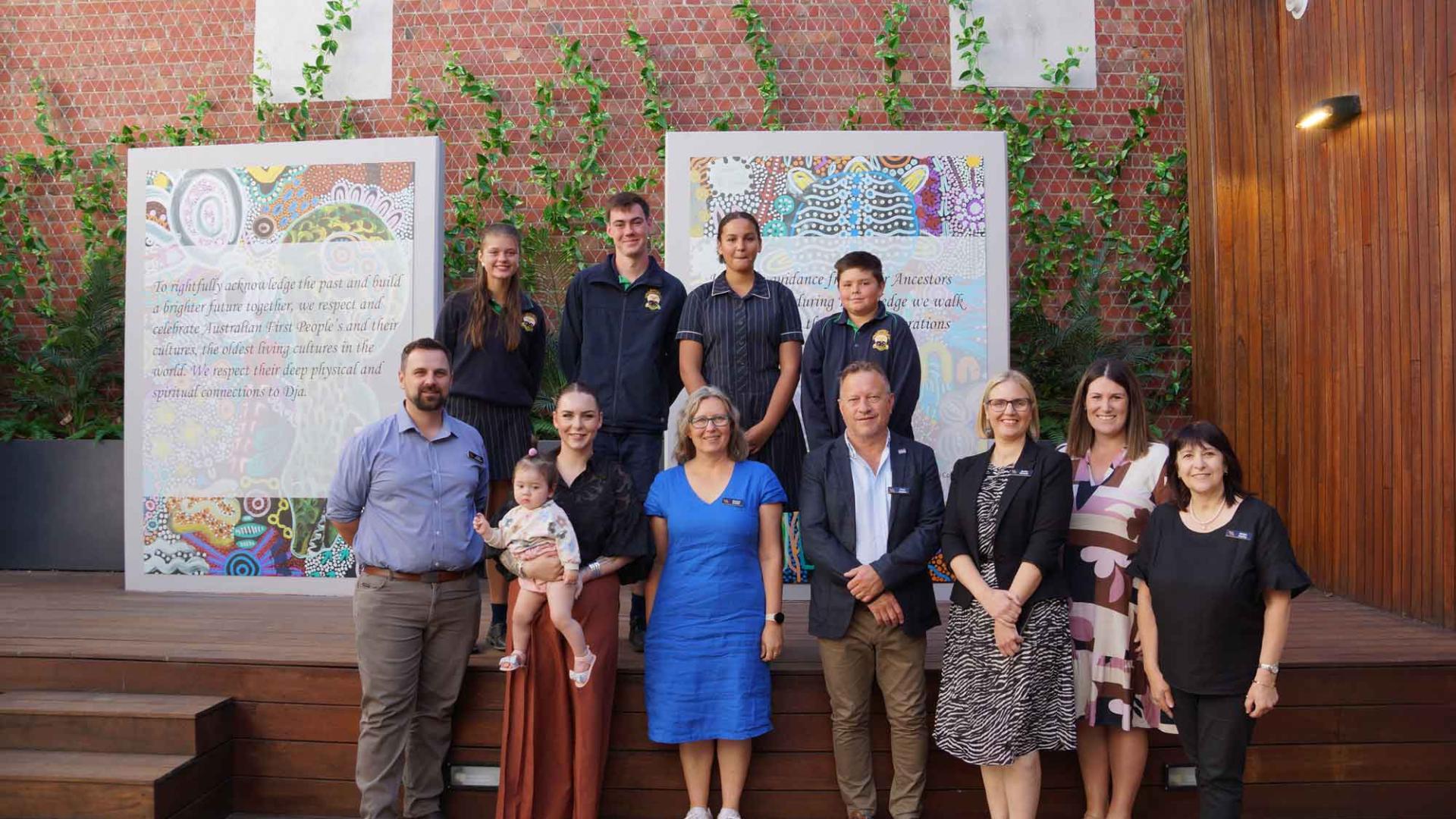23 Jul 2025
The unseen divide: who’s missing from Australia's classrooms and school leadership?

One of my best childhood friends is a primary school teacher.
He turned 60 a couple of weeks ago. This may be surprising for 2 reasons.
First, most teachers are women, and my friend is a man. Second, he’s 60 and still a classroom teacher, not a school leader.
Gender disparity in Australian teaching
A new report spotlights the striking gender imbalance within Australia's teaching profession, raising questions about representation in classrooms and leadership roles. The National Trends Teacher Workforce report, by the Australian Institute for Teaching and School Leadership (AITSL), reveals that while women overwhelmingly dominate the teaching ranks, men remain disproportionately represented in leadership positions.

The report, drawing on extensive data from the Australian Teacher Workforce Data (ATWD) Initiative, highlights that women comprise a significant 78% of the overall teacher workforce.
Despite this high proportion of women in the teaching workforce, men – who make up only 22% of the teaching population – hold 30% of the leadership positions.
This disparity points to a potential challenge in achieving gender equity at all levels within the education system.
In my previous career in universities, the data was similar. Women dominated the lower levels of academia doing most of the teaching, while men occupied the upper echelons, holding most of the leadership positions and professorships.
Beyond gender: who teaches our kids?
This gender dynamic in school education is just one facet of a comprehensive overview of the teaching landscape. The AITSL report provides an insight into the profession's demographics, working conditions and future intentions.
The workforce is largely experienced, with two-thirds of Australian teachers having at least 10 years in the classroom. However, an aging demographic is also evident, with 17% of teachers and leaders aged 60 or over and nearing retirement.
Early career teachers, those in their first 5 years, constitute 20% of the workforce, with a higher concentration found in remote and very remote areas.
The demands of the job: long hours and high stakes
While not delving so much in to the complexities of teaching and the challenges inherent in the work, the AITSL report shows that full-time classroom teachers are regularly working a median of 50 hours per week during school terms. Much of this time is dedicated to critical, but often invisible, tasks: lesson planning and administrative duties consume 6 to 9 hours per week each.
Retention challenges and the future workforce
The report suggests demanding hours appear to be impacting career longevity. In 2023, 39% of teachers and leaders expressed an intention to leave the profession before retirement in 2023, citing workload and wellbeing as primary reasons.
This uncertainty is particularly pronounced among younger teachers, with 49% of those under 30 unsure about their long-term commitment to the profession.
On a more positive note, the report indicates 52% of non-teaching registered teachers would consider returning to the profession under the right circumstances. This suggests a potential pool of talent that could be re-engaged through targeted initiatives addressing the challenges highlighted in the report.
What are we doing to help?
The Victorian Academy of Teaching and Leadership recognises the complexities of the teaching profession, including persistent gender disparities and ongoing teacher and leader retention challenges, and actively works to address them.
Evidenced-informed program delivery
Women make up around 75% of more than 44,000 participants to date in the Academy’s professional learning programs. As part of the Academy's program delivery, we run:
- specific Women in Leadership programs and also welcome women in the tens of thousands into our core leadership capability development and career stage programs.
- programs for early-career teachers, including the aptly named New to Teaching, offering additional support and targeting areas not covered by the Department of Education’s Career Start program.
In terms of retention, evidence from an independent evaluation of our flagship Teaching Excellence Program (TEP) clearly shows it is reinvigorating teachers and reigniting their commitment to stay in teaching.
Our Principal in Residence (PiR) program evaluation demonstrates this initiative is doing the same for school leaders who complete their 12-24 months with us and return to principalship revitalised and in one former PiR’s words, “as better leaders”.
Building respect and awareness
To help build greater respect for the profession, the Academy raises public awareness of the capability of teachers and school leaders.
We also recognise the benefits of other evidence-informed programs that are helping to retain teachers across Australia. This includes the University of Newcastle’s Strengthening Induction through Quality Teaching Rounds program. Research has shown that participation in this program improves the quality of teaching, teacher morale, and student academic achievement.
Dr Marcia Devlin AM is the CEO of the Victorian Academy of Teaching and Leadership
This article was written by Dr Marcia Devlin AM, CEO of the Academy, with the assistance of Gemini AI.
Explore Academy programs, resources and contributions to professional and public discourse







